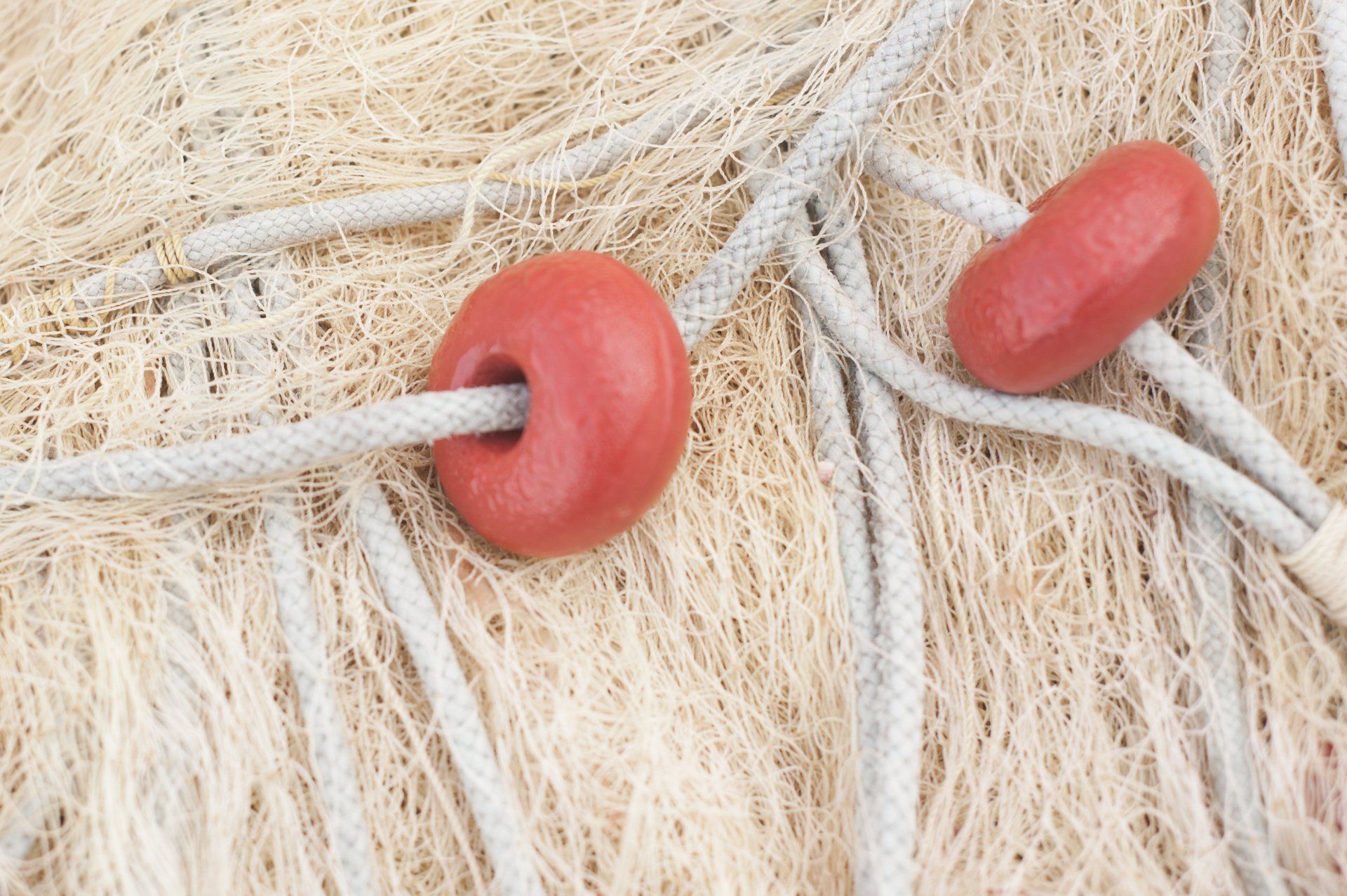Get in touch
loopholelivingcha@gmail.com




Larder (food) & Libations (beverage) are the staples for a good time. Explore recipes and
cooking aboard the boat.

Learn how we downsized from our land home to our water home. Explore hacks for
tiny home living and read about our adventures.

Want to live the Loophole lifestyle? Explore
merch and home goods for your
best life.
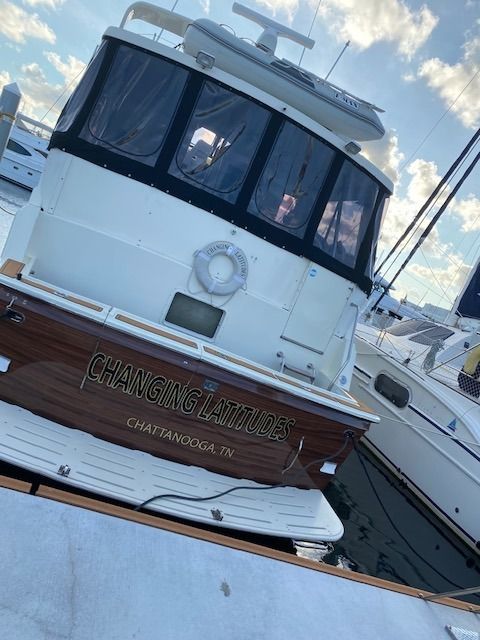
Want to stay on Changing Latitudes?
Have you ever wondered what it would be like to stay on a boat overnight? Have you thought about a trip to Chattanooga but wanted a unique experience? Are you looking for something 'Outside the Ordinary' for a special occasion?
Loophole Letters
Learn what living aboard looks like on Changing Latitudes
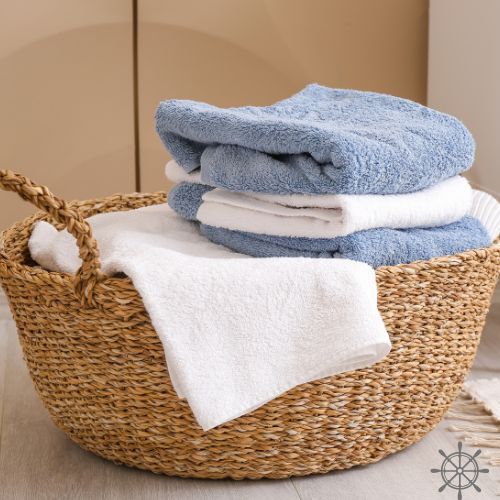
Doing laundry on a boat requires a little more intention than it might on land. When we lived in our house, our laundry room became a sort of junk room for all the things that had no other place to live in our home. Moving to a smaller space, we lost this luxury. Doing laundry quickly became the greatest test of our resolve for the commitment we had just taken on. I had no idea how quickly all of the items related to dressing ourselves could entirely take over the space and create unmanageable clutter. Establishing a system was critical. So I went to work to put together a simple 1, 2, 3 system that works well for #loopholeliving 1. Think Small We are lucky to have a "full size" washer and dryer onboard. Many yachts have a washer/dryer combo or nothing at all. When you think full size for a boat, think apartment size . Because boats are so efficiently designed, we have a dedicated laundry closet. This gives us just enough space to store our supplies and create a laundry system. When we moved aboard, we had to abandon the thought of bulk supplies. Even boxes were too big. So, I always remove anything that arrives in a box and put it in a ziploc bag. I have a combination of wire shelves and hooks to accommodate everything in a way that the laundry door will still close. 2. Think Green We do the best we can to use products that leave a small footprint behind. We still use most of the same brands we used before but I look for milder versions and ones that dissolve easily. This protects our drain lines and is a little nicer on the environment. When I can find products that are completely green, I will. We have a much smaller usage on the boat than we did on land. We really don't need as many clothes and have found a lot of freedom in scaling down what we wear and not having this as a primary focus of our daily routine. That said, we still work full time jobs and have a combination of casual and professional clothing to manage. This reduction is, in itself, green oriented. 3. Think Creatively Lastly, we have to be creative with the whole process. We have to have somewhere to line dry our clothes and swimsuits. We don't have room for a drying rack anywhere on the boat. I wanted it to be decorative and thematic with a solution. I was able to adapt a fishing net and some hooks fastened to the wall just outside the laundry cabinet with a decorative prop. I love the versatility of this solution, not only for laundry but for anything that just needs to come off the floor and reduce clutter. While it takes a little more thought to accomplish this task, we have found a way to manage the mess into a very livable solution. The pics below show how it all came together.
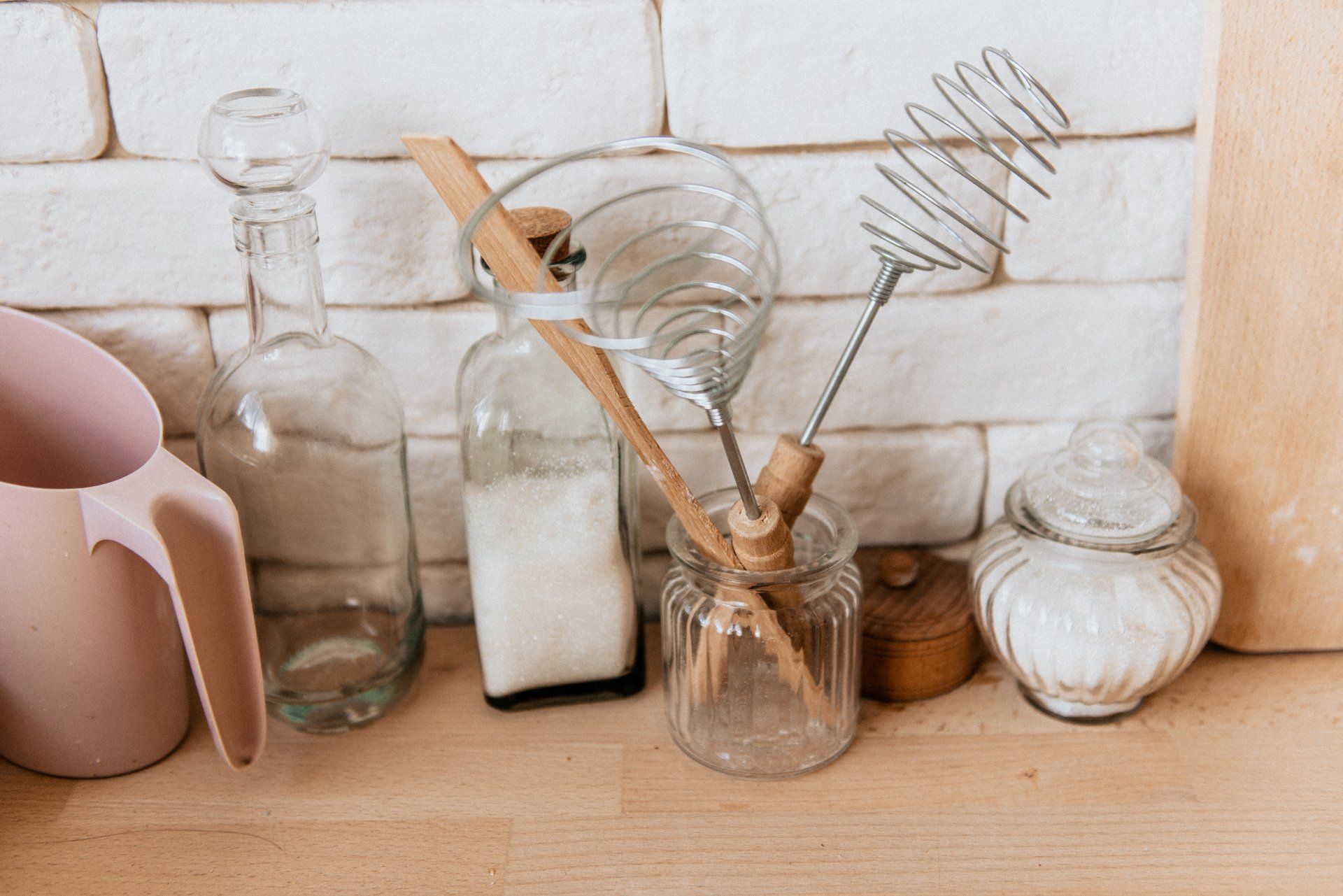
I can think of no better word to describe how to stock a kitchen that needs to serve a family of four efficiently and effectively while providing the same quality of "comfort foods" said family requires for survival. We are a family who loves to eat. But more than that, we love to be around the table over a great meal discussing all the important things in life. We lived full time on the river in Chattanooga and, because of that, you could often find us eating on the dock while tourists and patrons of the restaurant above us looked on. Food just tastes better with a beautiful sunset beside you. It was important to us that we not have to sacrifice this meaningful ritual in our family. In order to make that happen without using the microwave to store spices, I had to find space for all the essential kitchen tools as well as food in a kitchen with a total of two large cabinets, four small cabinets, two tiny cabinets, five small drawers, and one important hole in the floor. To be fair, I also borrowed some space under the convertible table (four drawers) for some dishes. However, these had to be moved so my oldest daughter could use them when she came home from college for the summer.
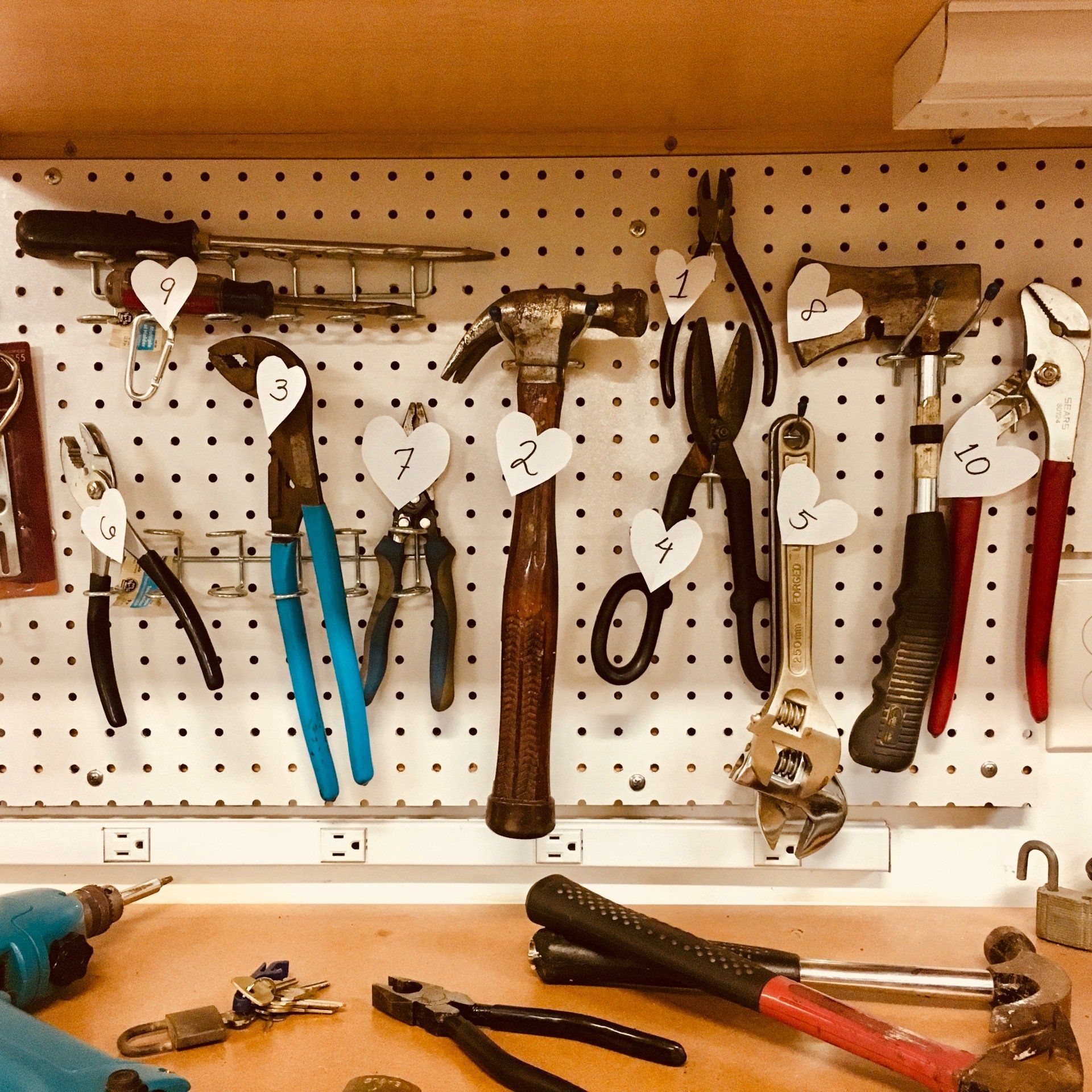
Tools to Live By: The Challenges of Yacht Living While the romanticism of living on the water is undeniable, it comes with its fair share of challenges. Limited space requires careful organization, and the need to conserve resources such as water and electricity becomes a daily consideration. Maintenance of the yacht is an ongoing task, requiring a basic understanding of marine systems and a willingness to adapt to the unpredictable nature of living on the water exposed to the elements. Routine Maintenance: The Foundation of Happiness Maintaining a live aboard yacht requires a disciplined approach to routine tasks. From checking engine systems to inspecting rigging and monitoring electronic components, a well-established maintenance routine is crucial for preventing small issues from turning into major problems. Regularly inspecting and servicing equipment not only ensures the yacht's reliability but also enhances safety at sea. Some of the most routine issues we faced in our first year living aboard involved plumbing, electric, and draining water from the boat. Below I outline the tools I use most to keep the boat afloat! Each of these tools were used in the making of some VERY special memories. Check out this additional blog for a few of those "first year" lessons. If you're a novice like me here's what I recommend having on hand before you start your boating adventure. Drill You will use this for SO many screws. Almost every part of a boat (light fixtures, cabinets, floor covers, engines, HVAC, toilets) has a different kind of screw. You need a bit set too so you always have the right size and fit for whatever you're working with. But a drill is not just good for routine loosening and tightening. It's also useful for buffing and dusting when you need to polish the boat or knock down cobwebs. It's a versatile tool for indoor and outdoor use. I use it almost every day for something. Industrial Paper Towels When we first bought the boat it came with about 100 rolls (no exaggeration) of paper towels. I thought this was absolutely absurd and I was ready to throw most of them out. Then I had my first plumbing lesson. Just trust me when I tell you that you don't want to use cloth towels for this type of clean up. Over time I came to appreciate the absorbency of the industrial blue paper towels. I can use far fewer of these to perform the dirty jobs and save the "normal" kind for the kitchen. These type of paper towels are also a must have for the engine room. They absorb oil, battery fluid, and muddy water better than anything else. Keep a lot of them on hand at all times. Headlamp The first time you go into your engine room to clean your strainer, you will understand the necessity for this tool. In our engine room, I have to lay completely across one engine to get to the strainer...which happens to exist in a deep dark corner under a shelf. When I opened the strainer I didn't realize that there would be water gushing out. I had my phone (with my flashlight) balancing on said shelf. Upon opening the strainer I promptly became startled and knocked my phone off (and my flashlight) into the water collecting in the basin under the engine. It was then that I realized I would usually need both of my hands when working in the engine room and, even if I had a handheld flashlight, it wouldn't be as good as having a headlamp for doing work in the darker spaces of the boat. This tool has become one of my favorites! Plastic Containers This one is pretty self explanatory. When you live on a boat, things are going to get wet. We keep our maintenance supplies (filters, light bulbs, engine parts, oil) in various sizes of plastic containers to keep them safe from the fluctuations in temperature that cause condensation and the off chance that the engine room fills with water (this has actually happened to us!). This way, you don't lose a lot of money by keeping those items in the cardboard boxes they arrive in. All tools and supplies go into weather proof/water proof containers upon arrival! Duct Tape I saved the best for last! I can't begin to tell you how many times I have used duct tape to make a repair. The night the water started coming into the boat through a busted exhaust pipe, there was no where to turn but...DUCT TAPE!!! At 2:00am I awoke to the bilge pump working overtime and discovered water gushing into the engine room through backflowing into the exhaust pipe as the boat rocked back and forth with the wind and waves. I discovered a hole in a fitting that was allowing the water to come into the boat. So I reached for the Duct Tape and patched the hole until morning when I could get a technician to take a look. Duct Tape also comes in handy for securing wires and cords, taping down items to the table so they don't tip over in transit, and hanging pictures. Even with constant maintenance, I wouldn't change a thing. I learned so much in the first year of owning a boat that has served me well in other areas of my life. It has increased my confidence in trying new things and taking time to learn how to do hard things. May my mistakes make yours easier to handle. Happy Sailing! Kim

We get asked all the time 'how in the world could we possibly have downsized from a large house to about 900sf for a family of 4 and 3 pets?' For us, the decision was fairly easy. It made sense with the timing and the long term vision we have for the boat. We had one child headed to college and the other one starting her sophomore year of high school. We were looking at empty nest in a relatively short amount of time. Our long term vision was to get to know the boat while living right on the water surrounded by wildlife and with downtown Chattanooga as our back yard. Then, when we're ready, move off the boat and turn it into a curated experience for other people to enjoy. To date, we have been living on the boat for a year and a half. You'll see some of our information from early on. We have spent these last months getting comfortable in our new home so we can shed some light on the process of downsizing to this unique living situation. What isn't attractive about that? But we found a much more substantive adventure than we expected. Here are a few of our reasons and suggestions for getting a little uncomfortable and going against the "norm". Why Downsize? Less Clutter, More Space: Downsizing means decluttering your living space. It forces you to evaluate what you truly need and value. Removing unnecessary possessions opens up physical space, making your environment less chaotic and more organized. Reduced Stress: The burden of excess stuff can lead to stress and anxiety. Downsizing simplifies your life, reducing the mental load and making you feel more in control of your surroundings. Mindfulness: You have to be extremely selective in your purchases because you don't have anywhere for junk to accumulate. So every ornament, souvenir, trinket, or piece of clothing has to be something you love. Environmental Benefits: Owning fewer things means consuming fewer resources and generating less waste. It's an environmentally responsible choice that aligns with sustainable living principles. How to Downsize Start with a Vision: Before you begin, have a clear vision of what you want your downsized life to look like. What are your priorities? What do you want to keep and what can you let go of? Declutter Methodically: Go through each room, one at a time, and sort your belongings into categories: keep, donate, sell, and discard. Be ruthless in your decision-making. If you haven't used something in the last year or don't find it truly valuable, it may be time to part ways. This is a VERY important rule. It will be hard but not impossible. Digital Downsizing: Decluttering isn't limited to physical possessions. Organize your digital life as well. Delete unnecessary files, unsubscribe from email lists, and streamline your online presence. Embrace Minimalism: Minimalism is not about having nothing; it's about having what truly matters . Choose quality over quantity, and carefully curate your possessions to ensure they add value to your life. Plan for Sentimental Items: Sentimental items can be the most challenging to part with. Consider digitizing photos and documents and choose a few key sentimental items to keep. Benefits of Downsizing Increased Freedom: Downsizing provides a sense of freedom, both mentally and physically. With fewer possessions, you're no longer tied down by the burden of maintaining and managing them. Improved Focus on What Matters: With fewer distractions and less clutter, you can concentrate on what truly matters in life. This could be spending time with loved ones, pursuing your passions, or simply enjoying the present moment. Enhanced Quality of Life: Downsizing often leads to a happier and healthier life. It reduces stress and promotes a sense of contentment and well-being. Stronger Connections: A simpler life allows for more meaningful connections with people. You'll have more time and energy for those you care about. In short... Downsizing is a deliberate and transformative choice that can simplify your life and lead to greater happiness. By decluttering your living space, you create room for personal growth, meaningful experiences, and a more purposeful existence. It's a journey that may initially seem daunting, but the rewards are profound – a life with less clutter and more joy. So, take a step towards downsizing and discover the freedom and fulfillment that comes with it. Happy Sailing! Kim
Contact Us
Be the first to know when it's your turn to discover #LoopholeLiving. Fill in the form below to learn more.

